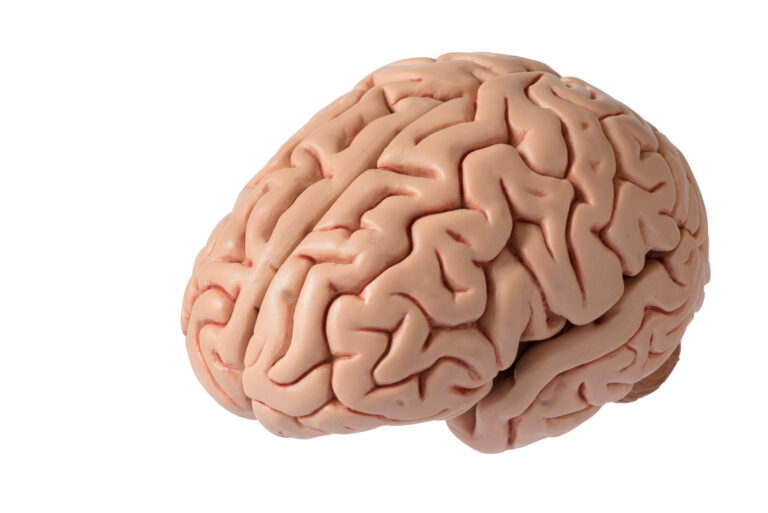Disease
Alzheimer’s disease, a progressive brain disorder that affects memory, thinking, and behavior, is the most common form of dementia. It currently affects over 5 million Americans and is the sixth leading cause of death in the United States. The lack of effective treatments for Alzheimer’s disease has spurred efforts to find ways to detect it earlier, when interventions may be more effective. Recently, a novel biomarker panel has been developed that shows promising results in improving the early detection of Alzheimer’s disease.
What are biomarkers?
Biomarkers are measurable substances in the body that can indicate the presence of a disease or condition. They can be anything from proteins, genes, hormones, or even changes in brain structure and function. In the case of Alzheimer’s disease, biomarkers can reveal the presence of amyloid plaques and tau tangles, the two hallmarks of the disease.
Current methods of detecting Alzheimer’s disease
Currently, the diagnosis of Alzheimer’s disease is based on a combination of factors including a detailed medical history, physical examination, and cognitive tests. However, these methods have limitations as they rely on subjective interpretation and may only detect the disease in its later stages when significant brain damage has already occurred.
The role of biomarkers in early detection
As mentioned earlier, biomarkers can provide valuable insights into the underlying pathology of Alzheimer’s disease and help detect it at an earlier stage. However, the use of single biomarkers has not been entirely successful as they may lack specificity or sensitivity. This is where novel biomarker panels come into play.
Novel Biomarker Panel for early detection
A team of researchers from the University of California San Francisco has developed a novel biomarker panel that combines five different biomarkers to improve the early detection of Alzheimer’s disease. The panel includes measures of amyloid beta (a protein that forms plaques in the brain), tau (a protein that forms tangles in the brain), neurofilament light (a marker of nerve cell damage), and two types of brain imaging known as PET and MRI.
How does the panel work?
The researchers tested the panel on a group of 597 participants from the Alzheimer’s Disease Neuroimaging Initiative (ADNI) study, which included individuals with Alzheimer’s disease, mild cognitive impairment (MCI), and healthy controls. They found that the panel accurately identified individuals with Alzheimer’s disease 97% of the time, and those with MCI who would progress to Alzheimer’s disease within five years 91% of the time.
The panel also showed high sensitivity in detecting amyloid plaques and tau tangles, which are key markers of Alzheimer’s disease. This makes it a valuable tool in both identifying those at risk of developing the disease and monitoring its progression.
What are the implications?
The development of this novel biomarker panel has significant implications for early detection and intervention of Alzheimer’s disease. With an accurate and reliable tool, doctors can identify those at risk before symptoms even appear, allowing for earlier interventions to potentially slow down the progression of the disease. It also has potential use in clinical trials for new treatments, as it can identify individuals in the preclinical stages of the disease.
Conclusion
In conclusion, the novel biomarker panel developed by the researchers from UCSF shows great promise in improving the early detection of Alzheimer’s disease. By combining multiple biomarkers, it provides a more accurate and comprehensive picture of the disease, allowing for earlier interventions and potentially better outcomes. With further research and validation, this panel has the potential to change the landscape of Alzheimer’s disease diagnosis and treatment.





